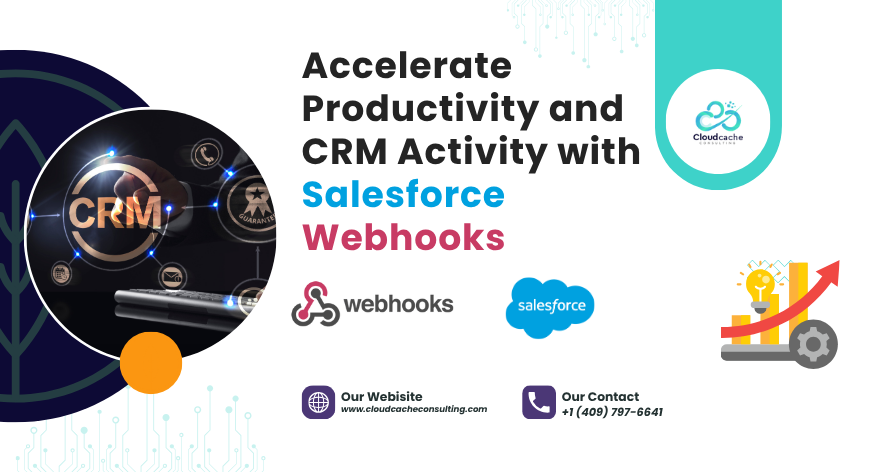
How Resource Forecasting Can Streamline Project Management and Improve Efficiency Using Monday
Planning for the future is essential in the business environment. Organizations must carefully balance project needs with team availability, skills, and resources to ensure success. Resource forecasting is a key practice that helps companies anticipate their future needs and manage their resources more effectively. It provides insights into how to allocate manpower, materials, and other resources with an eye on upcoming demands.
monday.com offers a solution that simplifies resource forecasting, making it an integrated part of your workflow.
In this blog post we will rundown on resource forecasting, its importance, and how monday.com can help you forecast.
What is Resource Forecasting?
Resource forecasting is a fundamental aspect of resource management within project management. It serves as a preliminary step to predict a company’s future needs in terms of resources like personnel, materials, and tools. With this insight, businesses can save time, avoid waste, and make informed decisions before challenges arise.
For effective resource forecasting, it is essential to analyze current company data, historical trends, and patterns to anticipate future requirements. By doing so, organizations can adjust their resource allocation strategies and align their operations with future goals.
Why is Resource Forecasting Important?
Effective project and resource management are interdependent. When teams take on a new project, they must ensure the necessary resources are available. “Are the required materials in place?" must be answered beforehand.
By focusing on future resource needs, teams can avoid under- or overstaffing, reduce material waste, and better align their goals with the available resources. This approach also ensures that projects stay on schedule and within budget by ensuring that the right people and materials are available at the right time.
Resource Forecasting vs. Resource Planning
Forecasting helps you anticipate future resource demands, while planning is the actual process of assigning resources to meet those demands.
Both processes are important, but resource forecasting is the first step in developing an efficient resource management strategy.
The Benefits of Resource Forecasting
Resource forecasting offers multiple benefits to organizations of all sizes. Here are a few key reasons why it should be a part of your resource management approach:
- A clearer View of Your Project Pipeline Forecasting allows you to look ahead at upcoming projects and allocate resources accordingly. This boosts efficiency by predicting future needs and gives you better control over the entire project lifecycle.
- Improved Hiring Decisions Hiring new team members takes time, so resource forecasting can help you spot when your project load is becoming too much for your current team. This enables you to begin the recruitment process promptly, ensuring new employees are brought on board when needed. It also helps you make better budget decisions by avoiding unnecessary hires.
- Enhanced Employee Satisfaction When team members are assigned the right amount of work, burnout and job satisfaction are reduced. Forecasting ensures that employees can handle their tasks and focus on tasks that match their skill sets and availability.
- More Informed Decision-Making Resource forecasting provides a clear view of future resource needs, allowing companies to make more strategic and data-driven decisions. Whether it's about budget allocation, project timelines, or staffing, forecasting helps decision-makers operate confidently, benefiting the entire organization, including clients and stakeholders.
Best Practices for Resource Forecasting
To get the most out of resource forecasting, follow these best practices:
- Leverage Historical Data
Use past data to guide future decisions. Historical information on project timelines, team capacity, and resource usage will help you predict future needs more accurately. Ensure that your team tracks and logs data consistently so that everyone is on the same page.
- Use Time-Tracking Tools
Time-tracking software is invaluable for gaining insights into how resources are allocated. Encourage team members to log their time they spend on each task or project, which can help inform future forecasts.
- Examine Both Individual and Team-Level Data
It’s important to look at both the big picture and individual contributions. Managers can balance workloads and allocate resources more efficiently by understanding which team members are overworked or underutilized.
- Involve Stakeholders
Resource forecasting is not just about the project team; it also involves engaging other departments and stakeholders. A comprehensive approach to forecasting ensures that all perspectives are considered, leading to better decision-making.
- Utilize Advanced Software
Tools like monday.com offer features that make resource forecasting easier and more visually accessible. This software helps you track data, analyze trends, and make informed forecasts in a streamlined and aesthetically pleasing manner.
Using monday.com for Resource Forecasting
monday.com provides a variety of features that simplify the process of resource forecasting. Organizing your data and presenting it in an accessible format, allows you to make informed decisions about how to allocate resources moving forward.
Here are some of the key features of monday.com that assist with resource forecasting:
- Time Tracking Column
With monday.com, tracking time is simple. You can add a time tracking column to your board, and team members can log their hours either in real time or manually. This helps you understand how resources are used on current projects, which is essential for forecasting future needs.
- Workload View
The workload view allows you to visualize how much time team members are dedicating to specific tasks or projects. This feature gives you a clear understanding of team availability and helps you prevent overloading any one person with too much work.
- Timeline Column and View
Setting timelines for projects is crucial for resource forecasting. The timeline column (and its associated view) lets you track which projects are happening when, helping you avoid overlap and unnecessary strain on your resources.
- Dashboards
Dashboards in monday.com allow you to pull together information from multiple boards, giving you an overview of team progress, upcoming projects, and resource availability—all at a glance. This helps ensure that you have all the information you need to make effective resource allocation decisions.
Conclusion
Resource forecasting is an essential tool for managing team capacity, avoiding burnout, and staying on the path to success. With monday.com, you can make resource forecasting a seamless part of your workflow. By using the platform’s features to track data, analyze trends, and make informed decisions, teams can improve efficiency and deliver projects on time.
Now is the time to start integrating resource forecasting into your daily operations and prepare your team for what lies ahead. With monday.com, forecasting doesn’t have to be complicated—it’s a simple, data-driven process that can make a significant impact on your project management success.
CloudCache Consulting is a good monday.com consulting services provider company. We can assist you in resource planning and forecasting. Contact us today . You can also read our client reviews on Upwork.
Latest Posts
-

-

-

-

-

-

-

-

-

Top workflow automation tools in 2025
Jul,8 2025 -


Leave a Reply
Your email address will not be published.